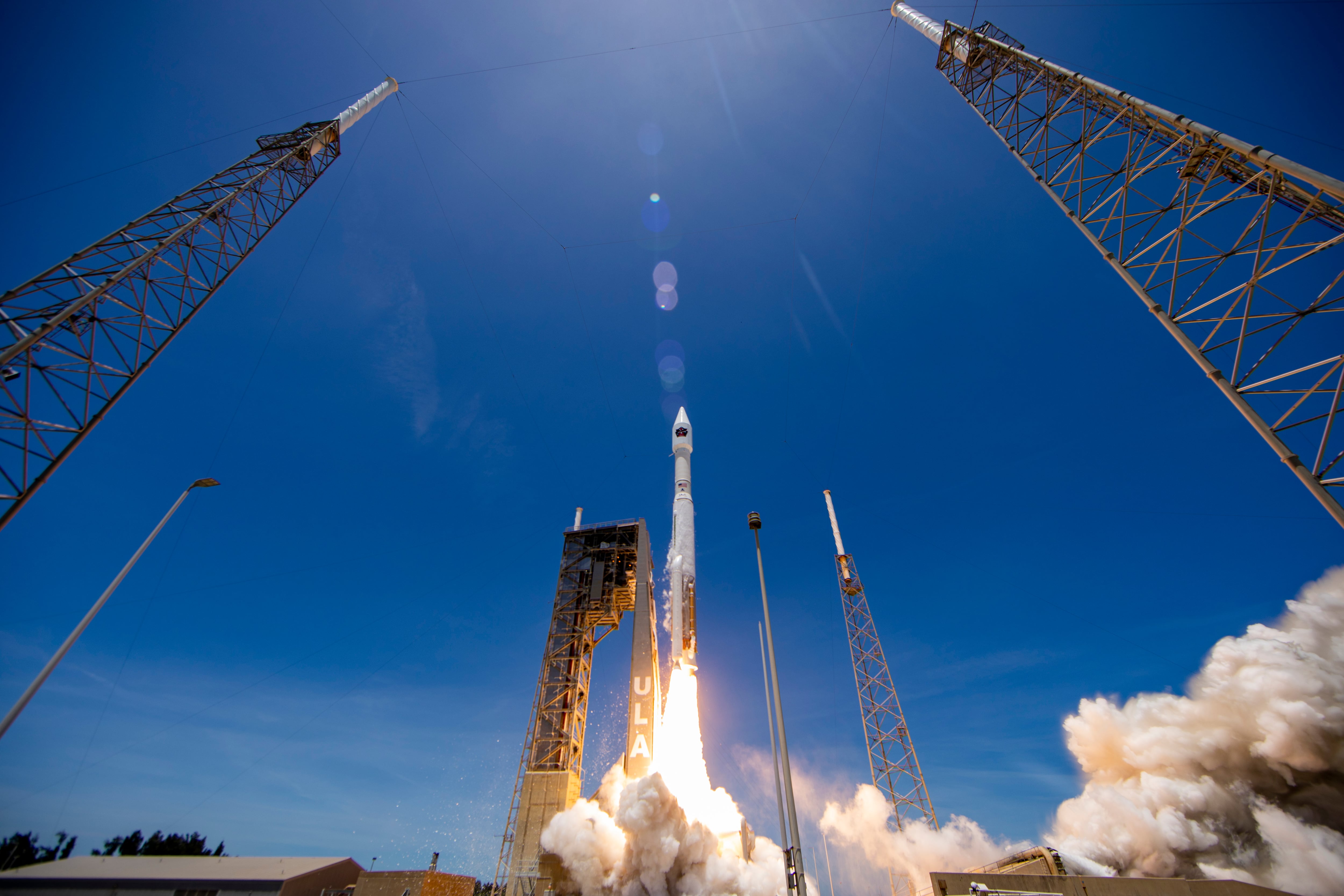WASHINGTON — The U.S. Space Force is moving forward with plans to transform the way it manages major launch ranges after briefing industry this month on a forthcoming operations and maintenance contract.
Ranges in Florida and California have seen huge growth in both the rate at which customers are launching satellites and the number of companies certifying new rockets to fly those missions. The Space Force estimates that within the next few years the ranges it manages at Cape Canaveral Space Force Station and Kennedy Space Center could host as many as 300 launches annually, up from 31 launches last year and 67 planned for 2022.
The surge in activity requires a new way of operating, service officials say, and it’s why the Space Force is planning to award a contract in 2024 to support range operations, maintenance, sustainment integration and other efforts. In briefing slides from the Aug. 11 industry day, which more than 100 companies attended, the service says it will solicit proposals next May for the five-year contract. No value for the contract was given.
Range Generation Next LLC, a joint venture between Raytheon Technologies and General Dynamics, manages the existing Launch and Test Range System Integrated Support Contract. The agreement, awarded in 2015, is worth up to $1.5 billion and is set to expire in September of 2024.
The effort is part of a broader initiative called Range of the Future, which originated in 2019 to guide strategic changes to the architecture, infrastructure, policy, operations and business approach that supports the Eastern and Western Ranges. The Space Force has made progress implementing new automated safety measures and is developing a pathway for running its ranges more like spaceports, offering a suite of services to its customers, space launch companies.
Brig. Gen. Stephen Purdy, the Space Force’s program executive officer for assured access to space, told C4ISRNET in April it will take time and stakeholder support to transition toward this future range construct. However, the service is making progress on defining what that process will look like.
“I would say over the last year, we really matured in actually articulating these things and moving the ball forward,” Purdy said.
The operations contract would represent a shift from today’s model, which lumps most of the day-to-day range services, sustainment and modifications under one program. With the goal of maintaining mission assurance while meeting higher launch demand, the new approach splits that into two efforts — one focused on operations and services and the other on modifications or upgrades to range infrastructure. That allows for more stability and responsiveness on operational matters and innovation and flexibility when it comes to modernization projects.
The briefing slides didn’t include details on the timing or scope of the modifications contract.
Courtney Albon is C4ISRNET’s space and emerging technology reporter. She has covered the U.S. military since 2012, with a focus on the Air Force and Space Force. She has reported on some of the Defense Department’s most significant acquisition, budget and policy challenges.








